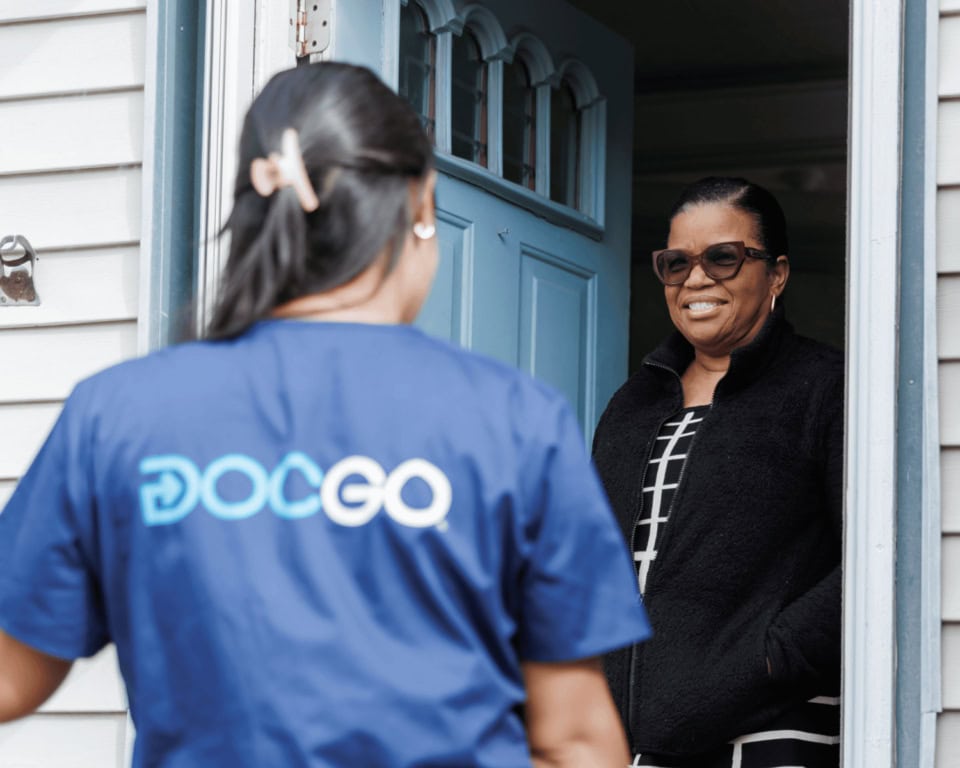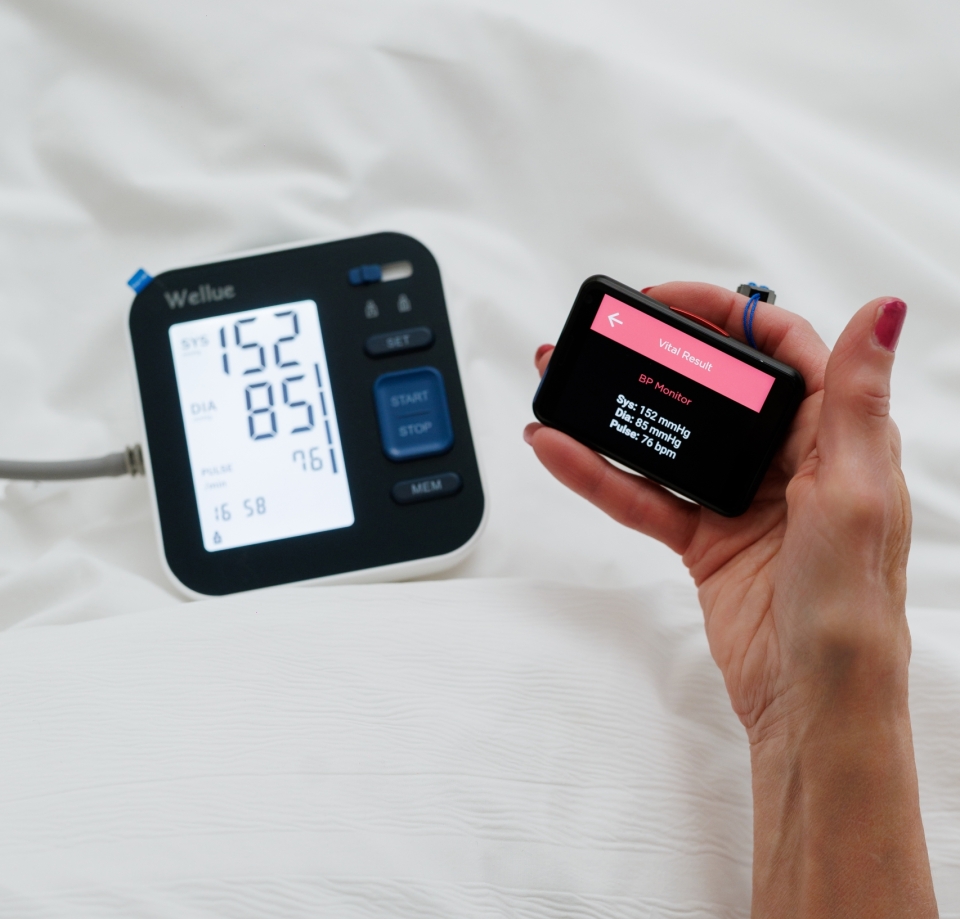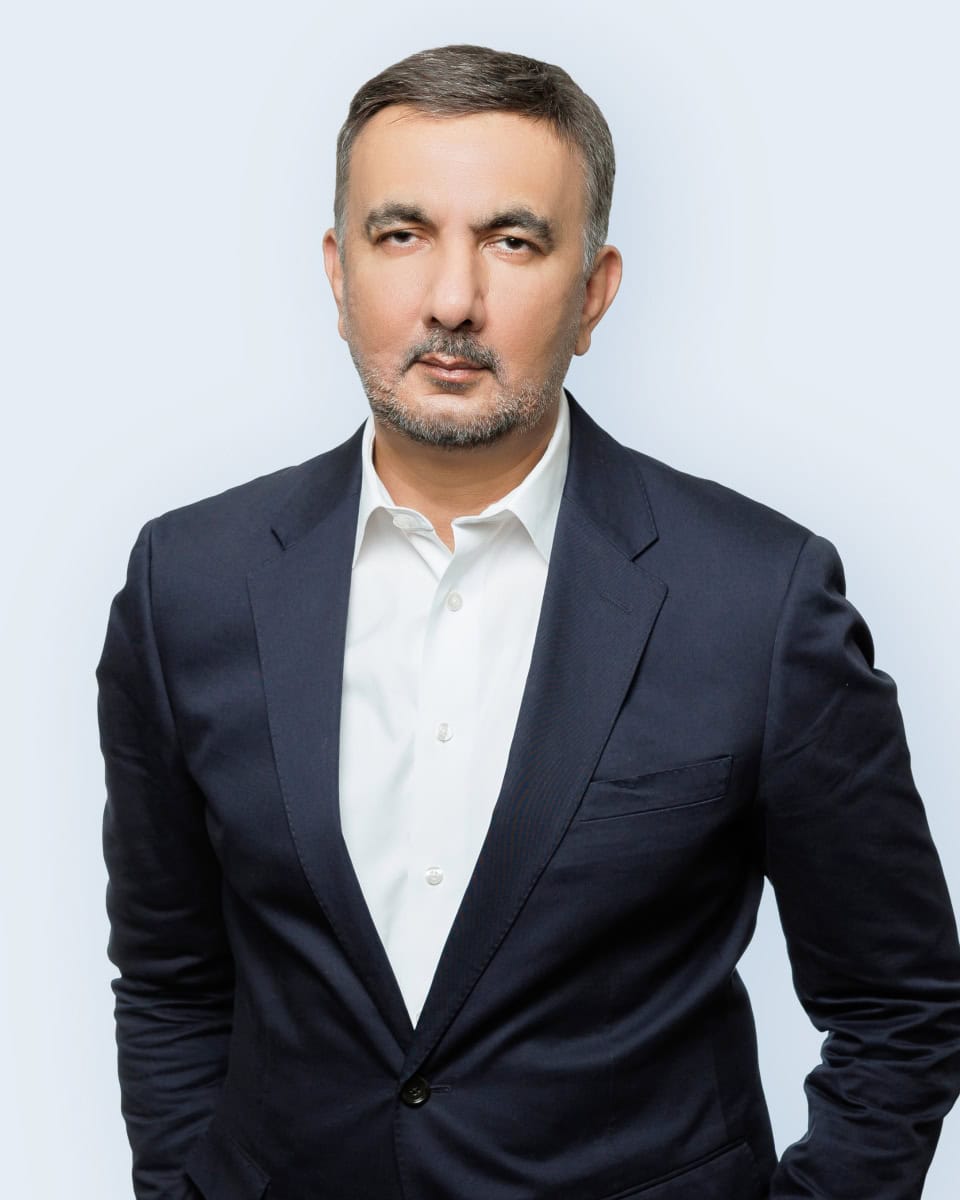Dr. James Powell, CEO of Clinical Practice Group
It’s 2025, many of us are setting ambitious goals for better mental and physical wellness. Whether it’s adopting healthier eating habits, committing to a consistent exercise routine, or finding work-life balance, the journey toward these goals requires not only determination but also a sustainable strategy. Clinical and non-clinical staff, as both caregivers and individuals, can benefit from and share approaches grounded in behavioral science to ensure long-term success.
Here are three evidence-based methods to help you succeed in 2025: leveraging the habit loop, celebrating small victories, and practicing daily reflections. Additionally, practical meeting strategies can help create the mental space for productivity and wellness.
1. Understand and Harness the Habit Loop
The habit loop—comprising cue, routine, and reward—is a fundamental concept in behavioral science. It explains how habits are formed and maintained. To achieve wellness goals, start by identifying the cues in your environment that trigger unhealthy behaviors. For instance, stress might prompt late-night snacking or skipping exercise.
Start by identifying the routine you are trying to modify and then reflect on a cue that may be contributing to this. If I feel pressure at work or home, is getting up for a late afternoon cup of coffee the right answer? A 5-minute walk or a larger cup of water is a much better alternative. Perhaps I won’t be up all night scrolling on my phone, avoiding the cycle of fatigue that adds to the pressure.
The key is to replace these behaviors with healthier routines. If stress leads to snacking, use deep breathing exercises or a short walk as an alternative routine. Finally, a reward system should be established that reinforces the new behavior. Instead of relying solely on the outcome (like weight loss), focus on immediate positive feedback, such as feeling energized after a brisk walk. For me, that means stopping mentally for a few seconds and embracing that positive experience.
By deliberately structuring your habit loop, you create an automatic pathway to success. Share this concept with colleagues and patients, emphasizing the importance of patience—it can take weeks to solidify new habits.
2. Celebrate Small Victories
Big goals can often feel overwhelming, leading to frustration or burnout. Breaking them down into manageable milestones allows you to build momentum. For example, instead of aiming to lose 30 pounds in a year, set a goal of losing one to two pounds per month. Celebrate each small success, such as preparing a healthy meal or completing a 20-minute workout.
Acknowledging incremental progress not only boosts motivation but also reinforces self-efficacy—the belief in your ability to succeed. Encourage patients to keep a journal or app where they can track their achievements, no matter how minor they seem. This practice builds resilience and sustains enthusiasm over time.
3. Daily Reflections: Acknowledge Successes and Friction Points
At the end of each day, take a few minutes to reflect on what went well and what could be improved. This practice fosters mindfulness and a growth-oriented mindset. For example, if you completed a workout despite a busy schedule, acknowledge your success. Conversely, if you skipped a healthy meal because of time constraints, identify what caused the friction and brainstorm ways to overcome it in the future.
Clinical and non-clinical staff can use this technique to balance the demands of their profession with personal wellness goals. Encourage patients to do the same, perhaps by integrating this reflection into their evening routine. Writing down successes fosters gratitude, while analyzing challenges promotes problem-solving. Over time, this habit cultivates self-awareness and helps prevent derailment.
4. Optimize Meeting Scheduling for Mental Breaks
If you are scheduling meetings, make sure to schedule built-in breaks.. For instance, setting meetings to end five to ten minutes before the hour allows participants time to reset and prepare for the next task. The mind and body need breaks; we can’t run a mental marathon every day.
Additionally, inform your team members at the start of each meeting about any hard stop you might have. This sets expectations and gives you the space to collect your thoughts and prepare for the next task effectively. These small adjustments can significantly impact productivity and mental clarity throughout the day.
The Takeaway
Achieving your 2025 wellness goals doesn’t require grand gestures; it demands consistency and a structured approach. By understanding the habit loop, celebrating small victories, practicing daily reflections, and optimizing your schedule for mental breaks, you can create a sustainable path to success. As clinical and non-clinical staff, sharing these principles with patients and colleagues not only amplifies their impact but also reinforces your own journey toward wellness.
This year, let’s move beyond resolutions and embrace strategies that truly transform. Small, intentional steps today can lead to significant, lasting change tomorrow.







